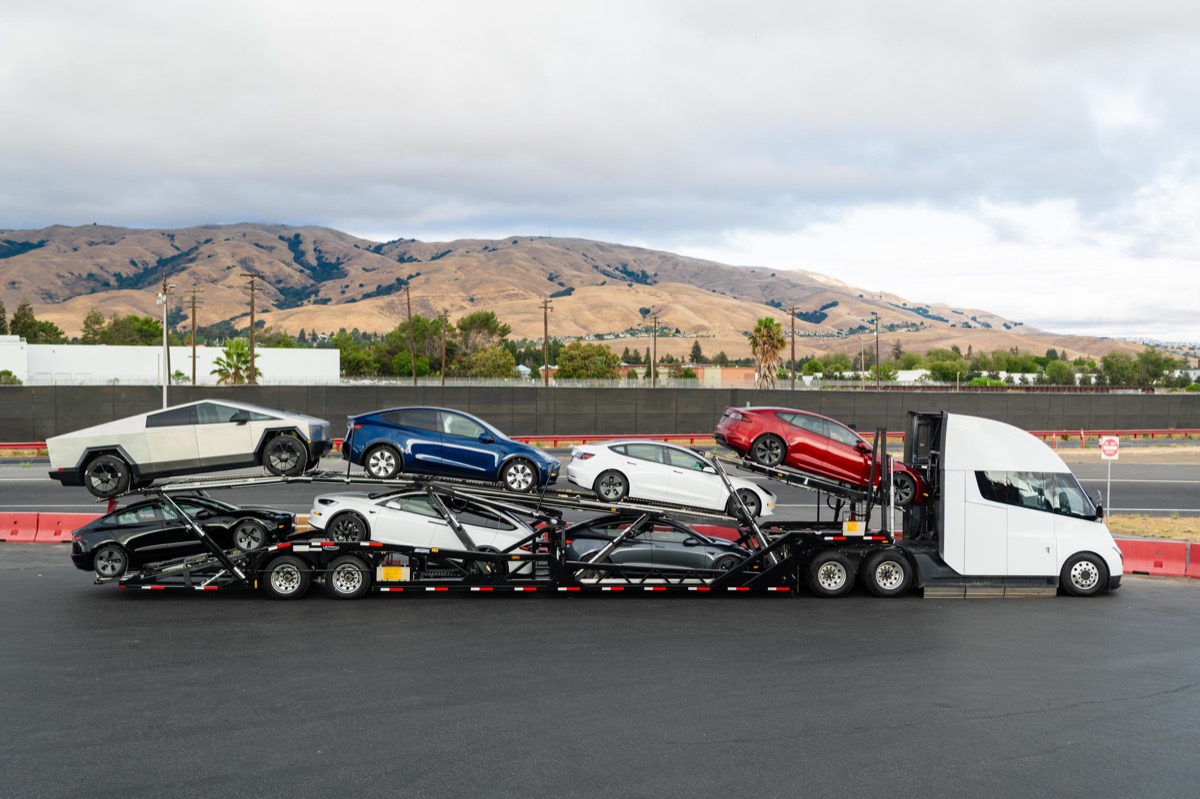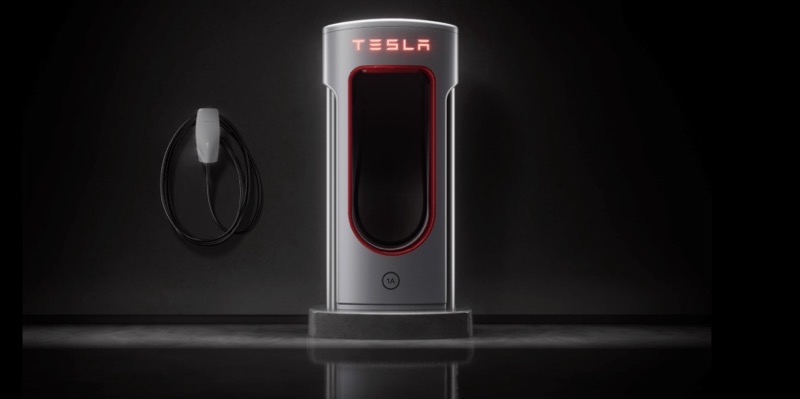
Elon Musk’s Tesla Robotaxi Vision: Insights from Isaacson’s New Biography
Elon Musk’s audacious vision for the future of cars — a fully autonomous “Robotaxi” — is exposed in Walter Isaacson’s upcoming biography. Musk, never one to shy away from groundbreaking ideas, is quoted as saying, “The future would belong to the Robotaxi,” a revolutionary vehicle that could diminish the need for car ownership.
As highlighted in Isaacson’s “Elon Musk,” releasing on September 12th, Musk’s discussions with his core team in late 2021 in Austin centered around this concept. “Our main focus has to be volume,” Musk was quoted in the book. “There is no amount that we could possibly build that will be enough. Someday we want to be at twenty million a year,” said the excerpt shared with Axios.
However, it’s the design challenge of a car without the traditional steering wheel or pedals that took center stage. Franz von Holzhausen, Tesla’s longtime chief designer, tried to introduce a more conservative approach: “We want to make sure we are assessing the risk with you. If we go down a path of having no steering wheel, and FSD is not ready, we won’t be able to put them on the road.” His proposal? A car with easily removable steering and pedals.
But Musk’s conviction was palpable. “No mirrors, no pedals, no steering wheel. This is me taking responsibility for this decision,” he stated unequivocally.
Despite Musk’s initial enthusiasm for the Robotaxi, internal voices of caution emerged. Lars Moravy, a top executive at Tesla, remarked on the global landscape, saying, “Even if self-driving vehicles were approved by regulators in the U.S., it would be years before they were approved internationally.”
And while the Robotaxi seemed to be Musk’s primary focus, the idea of a $25,000 car re-emerged. Musk confessed his initial hesitance to Isaacson, saying, “It’s really not that exciting of a product.” But a February 2023 design session seemed to change his stance. Viewing futuristic designs, Musk exclaimed, “When one of these comes around a corner, people will think they are seeing something from the future.”
The manufacturing location also saw a shift. While the initial choice was northern Mexico, Musk expressed his reservations: “Tesla engineering will need to be on the line to make it successful, and getting everyone to move to Mexico is never going to happen,” he confided to Isaacson.
Choosing Austin instead, Musk’s unyielding vision for Tesla’s future is poignantly captured in Isaacson’s biography, filled with firsthand accounts and vivid quotes from the visionary himself.


